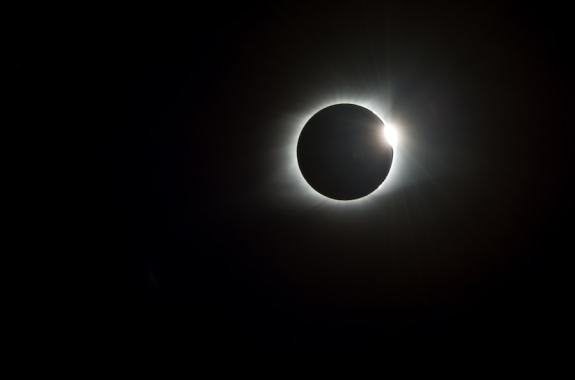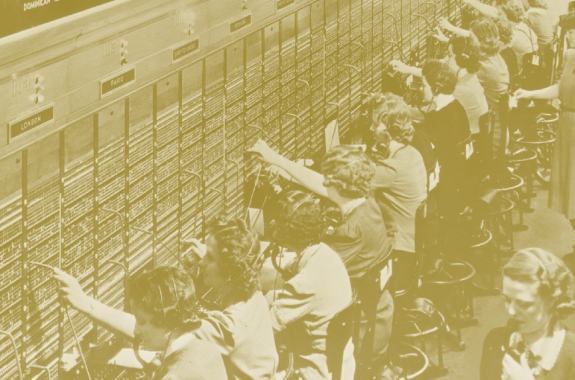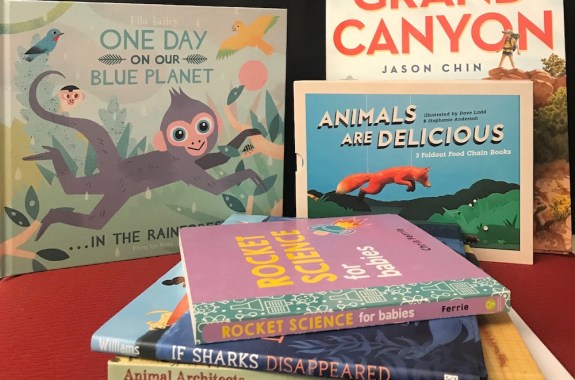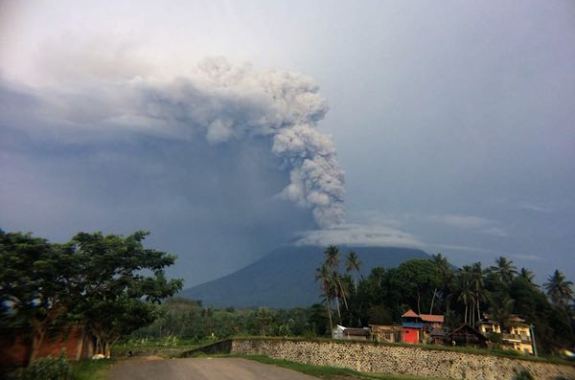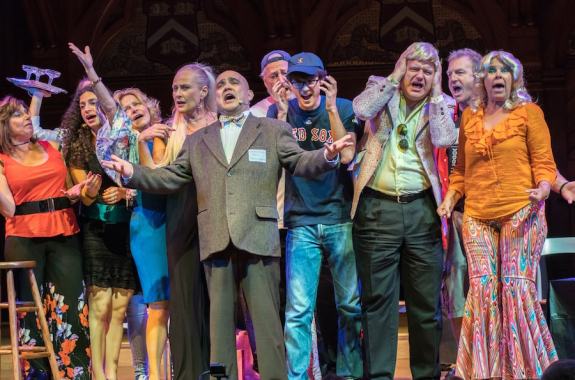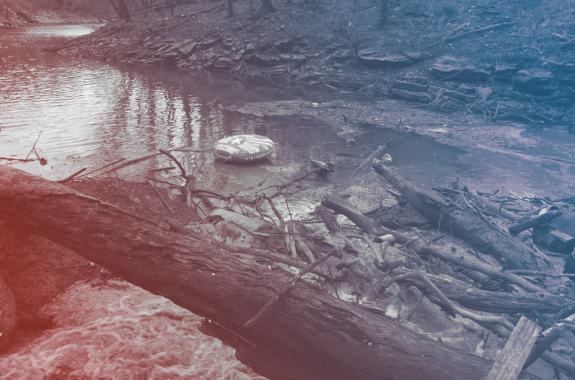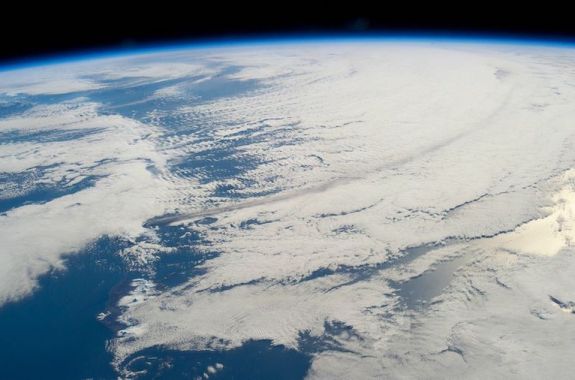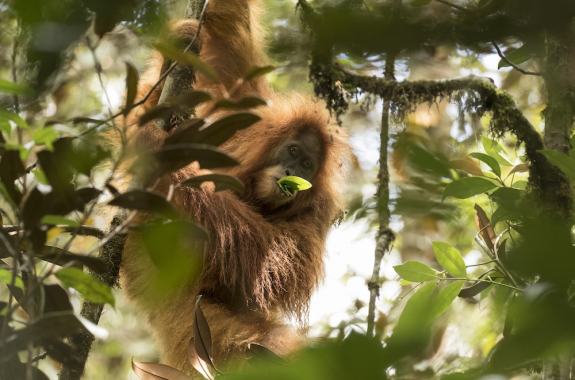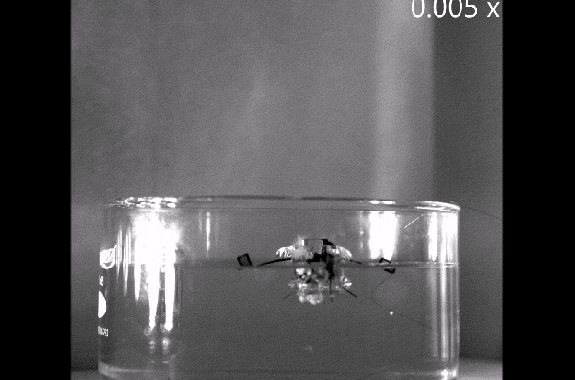46:18
Year In Review: 2017
From colliding neutron stars to the completion of the Cassini mission, a look at 2017’s most important science stories.
34:22
Physics On The Edge
There’s a lot we still don’t know about matter, time, and the contents of the universe. Why that’s a challenge…and a thrill for physicists.
The Best Of Science Friday, 2017
The Science Friday staff share some of their favorite stories they made this year.
Ten Awesome Science Books For Curious Kids
Inspire the budding scientists in your life with science stories and inquiry adventures.
6:58
Trapping A Proton, The Speed of A Muscle, And Switching Attention
Plus, the latest on the eruption of volcano Mount Agung on the island of Bali.
47:37
From Cat Rheology To Operatic Incompetence
The 2017 Ig Nobel Prizes saluted the strange and silly in scientific studies.
4:50
Coal Ash Pollution In Kentucky Lake Is Worse Than Expected
Will Kentucky loosen regulations for toxic power plant byproduct?
26:36
Could Tweaking The Atmosphere Help Us Fight Climate Change?
A controversial technique for combating climate change has caught the Congress’ eye.
6:52
A Newfound Orangutan, Dark Matter Questions, And A Hole In A Pyramid
Researchers have identified and described a third distinct species of orangutan living in the islands of Indonesia.
12:04
It’s A Bee! It’s A Dragonfly! It’s A Robot!
A new insect-like robot can take off using—and from under—water.
